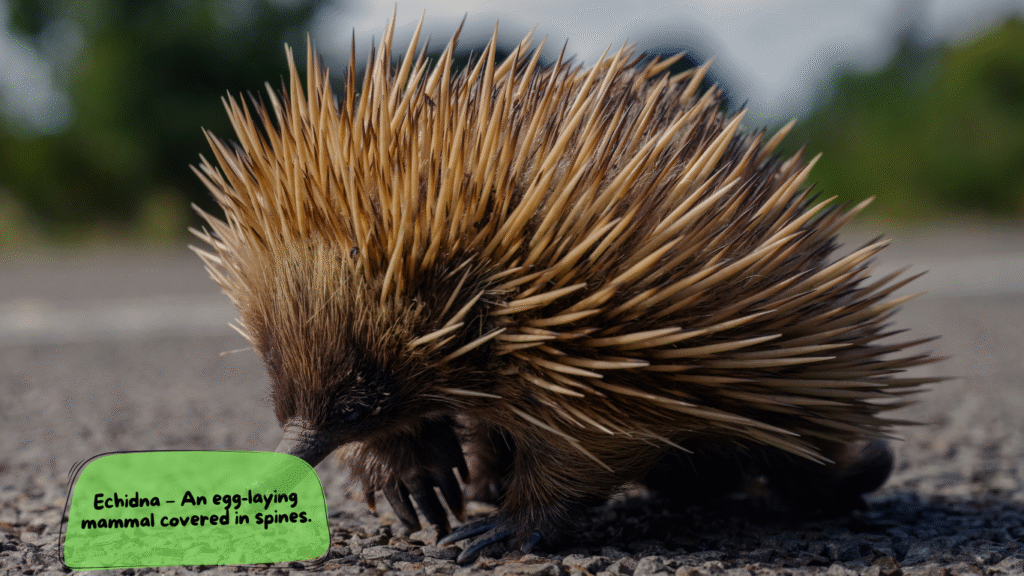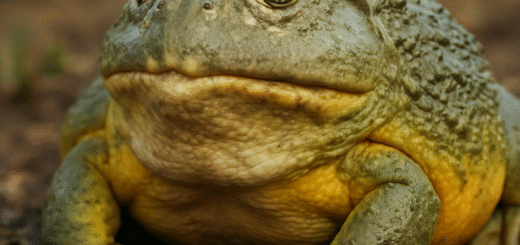Echidna: Nature’s Adorable Spiky Wonder
When you think of a mammal, you probably don’t picture a creature covered in spines that lays eggs. Yet, that’s exactly what an echidna is — one of the most fascinating animals on Earth. In this article, we’ll dive into the world of echidnas, explore why they’re so unique, and reveal some little-known facts that make them an SEO-friendly topic for wildlife lovers.

What is an Echidna?
An echidna, sometimes called a spiny anteater, is a small mammal native to Australia and New Guinea. They belong to a rare group known as monotremes — mammals that lay eggs instead of giving birth to live young. The only other monotreme in existence is the platypus, making the echidna an extraordinary part of evolutionary history.
Physical Characteristics of Echidnas
Echidnas are easily recognizable thanks to their spiky exterior. These spines are modified hairs made of keratin (the same material as human fingernails), offering strong protection against predators. Underneath, their bodies are covered in coarse fur to keep them warm.
- Size: They typically weigh between 2 to 7 kilograms (4.4 to 15.4 pounds).
- Color: Their color ranges from light brown to black.
- Snout: They have a long, tubular snout used for sensing and consuming prey.
Echidna Diet and Behavior
Echidnas have a specialized diet primarily consisting of ants, termites, and other small invertebrates. They use their sticky, elongated tongue — which can be up to 18 centimeters long — to slurp up their food.
Interestingly, echidnas are solitary animals. They spend most of their lives alone, only coming together during the breeding season. They are also excellent diggers, using their strong claws to burrow into the ground when threatened.
The Reproductive Mystery: Egg-Laying Mammals
One of the most unique aspects of echidnas is their reproductive process. Female echidnas lay a single soft-shelled egg and place it directly into a pouch on their belly. After about 10 days, the egg hatches, and a tiny, underdeveloped baby called a puggle emerges. The puggle remains in the pouch for several months, feeding on milk secreted through pores, since echidnas lack nipples.
Habitat and Conservation Status
Echidnas are remarkably adaptable and can be found in a variety of habitats, including forests, deserts, and mountainous regions. They are currently listed as “Least Concern” by the IUCN Red List, although habitat loss and predators like feral cats pose significant threats to their populations.
Fun Facts About Echidnas
- Echidnas can live up to 50 years in captivity.
- They have no teeth — food is ground between hard pads in their mouths.
- Their body temperature is one of the lowest among mammals, around 32°C (89.6°F).
- Echidnas can swim! They use their snouts as snorkels.
Why the Echidna Captivates Nature Enthusiasts
The echidna’s unusual combination of traits — spines, egg-laying, and a sticky tongue — has made it a favorite among animal lovers and scientists alike. If you’re fascinated by creatures that challenge our understanding of mammals, the echidna definitely belongs on your must-know list.
Final Thoughts
In a world filled with incredible animals, the echidna stands out as one of nature’s most curious creations. From its armored spikes to its ancient reproductive habits, this shy and solitary creature reminds us just how diverse and wonderful life on Earth can be.








